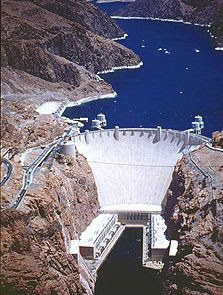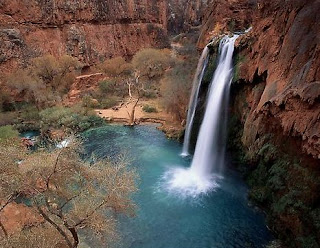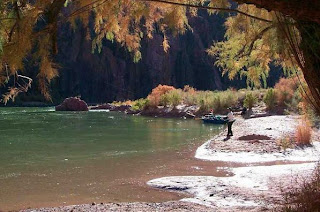The Most Beautiful & Expensive Private Island in the World
The magnificent island of Vatu Vara is often referred to as “Hat Island” because of it’s unusual shape. The island is reputed by many to be the most beautiful in . It’s unique topography with limestone cliffs covered in dense tropical jungle and the flat summit is like a cross between Bora Bora and “The Lost World” of Sir Arthur Conan Doyle. From the top of it jungle-clad 1,030 foot peak, to the bottom of it’s aquamarine lagoon this is 100% pure tropical paradise. All the cinematic clichés about tropical islands are here for real; and to continue the theme you even get Mel Gibson as a neighbour. He owns Mago island just 32 kilometres to the east.
The volcanic and limestone island is nearly 2 miles in diameter at its base. It’s 305 meter summit, the highest in Lau, is a massive truncated pyramid bounded on all sides by almost perpendicular cliffs up to 200 feet in height. The crest of the pyramid is some 40 acres in extent, and is generally flat, although pitted with holes and depressions from 6-30 feet deep, some of them filled with water. At it’s base there is in most places a wide belt of gently sloping land, standing not more that 25 feet (7.5m) above sea level, and forming the brim of the hat suggesting the island’s profile. On the northern and eastern edges of the island the sea breaks against the limestone cliffs, which are deeply undercut; but elsewhere the island is circled by a broad fringing reef, which, off the western coast swings sharply away from the shore to enclose the lagoon. The precipitous sides of the central mass are scored by three shallow terraces, marking pauses in the uplift of the island; but these are not readily observed, being smothered under the dense vegetation that clothes the whole towering structure.
It’s unmistakable shape, and it’s massive peak like that of a vast stone hat, dominates the surrounding skyline and is recognizable over a radius of thirty-five miles (56km) from nearby islands such as Kaibu, Yacata, and Vanua Mbalavu. The limestone cliffs souring above the beaches, lending an aura of majesty that few islands in the in possess. The closest island in appearance is Monu Riki island in the Mamanucas which was the location for Tom Hank’s in “Cast Away”; but Vatu Vara dwarfs Monu Riki by comparison.
It is hard resist hyperbole when describing the island, but the exquisite and cinematic topography of Vatu Vara has even attracted numerous geologists over the years. It is a former atoll, specifically called a “Guyot”. This is an extinct volcano that has become overgrown by coral reefs to form an atoll. The flat top was once at sea level, which is why the summit is flat. The topography of the island is more reminiscent of Krabi in , Langkawi in or the Aru Islands in Irian Jaya.
The island is surrounded by several beaches, nestled amidst the towering limestone cliffs, and shaded by graceful coconut palms, where one can lie on the sand as fine and white as castor sugar and gaze out at the sunsets over the massive lagoon which envelops the island in a turquoise embrace.
From the beach the lagoon shimmers enticingly with a brilliance of light and color unsurpassed. Put your head under the shimmering waters of the lagoon and the real magic begins. Beneath the sun-gilded waters tinged in turquoise lies a submerged landscape of untouched magic and awesome beauty. More than 400 varieties of fantastic fish glint like ornaments of gold in the iridescent waters of the sheltered lagoons, providing hours of enchantment for snorkelers and scuba divers alike. As you lie languorously in the embrace of the ocean, your only company will be a myriad of queer and familiar fish, the occasional curious turtle, and always the company of swift and graceful birds.
Vatu Vara is located 60 kilometres South West of Vanua Balavu, 20 kilometres south of Kaibu at Lat: 17° 26'00 S Long: 179° 31'00 W. The name Vatu Vara is pronounced with an accent on the final a.










